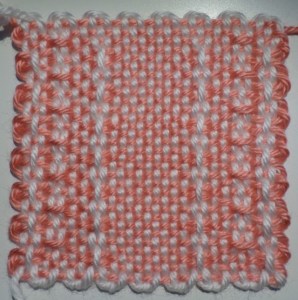Soooooooooo
I wasn’t supposed to host the WAL this week because, as LK put it, “Our much-esteemed host will be using her well-deserved time to catch up on her excellent blog”. I don’t say it is an excellent blog myself, but “my friends tell me . . . .” (Ha ha! Name that movie and/or character . . . *ANSWER is at the ultimate bottom of this post).
Here I am, catching up on my blog and killing four birds with one stone–LA’s request, LK’s two requests, and her-and-my idea to create a template, or checklist, for future WAL hosts/hostesses. When I say “request” I mean they made a comment and I barged in with, “I was planning to do a blog post on that . . .” And I should also mention TW, who asked me how to do this in the first place—there’s no substitute for a live student, though we do pretty well on the Support Group.
TEMPLATE (which will be summarized at the penultimate bottom of this post. Template instructions are centered in this post.)
You might want to begin with a photo of the finished square or some other relevant photo.
Include the name of the pattern. You can say something about why you chose the pattern and/or its title. You can also add other introductory comments before digging into the nitty gritty.
Pattern #24: “Lines and Os”
This square has both a number and a name because it comes from the pile of numbered squares (it’s #24 in the stack) I have in my Catalog of Squares. (That gives me an idea for another blog post or page: A Catalog of Squares.) Originally #24 didn’t have a name and, after I batted several about, it ended up with the above colorless rendition.




